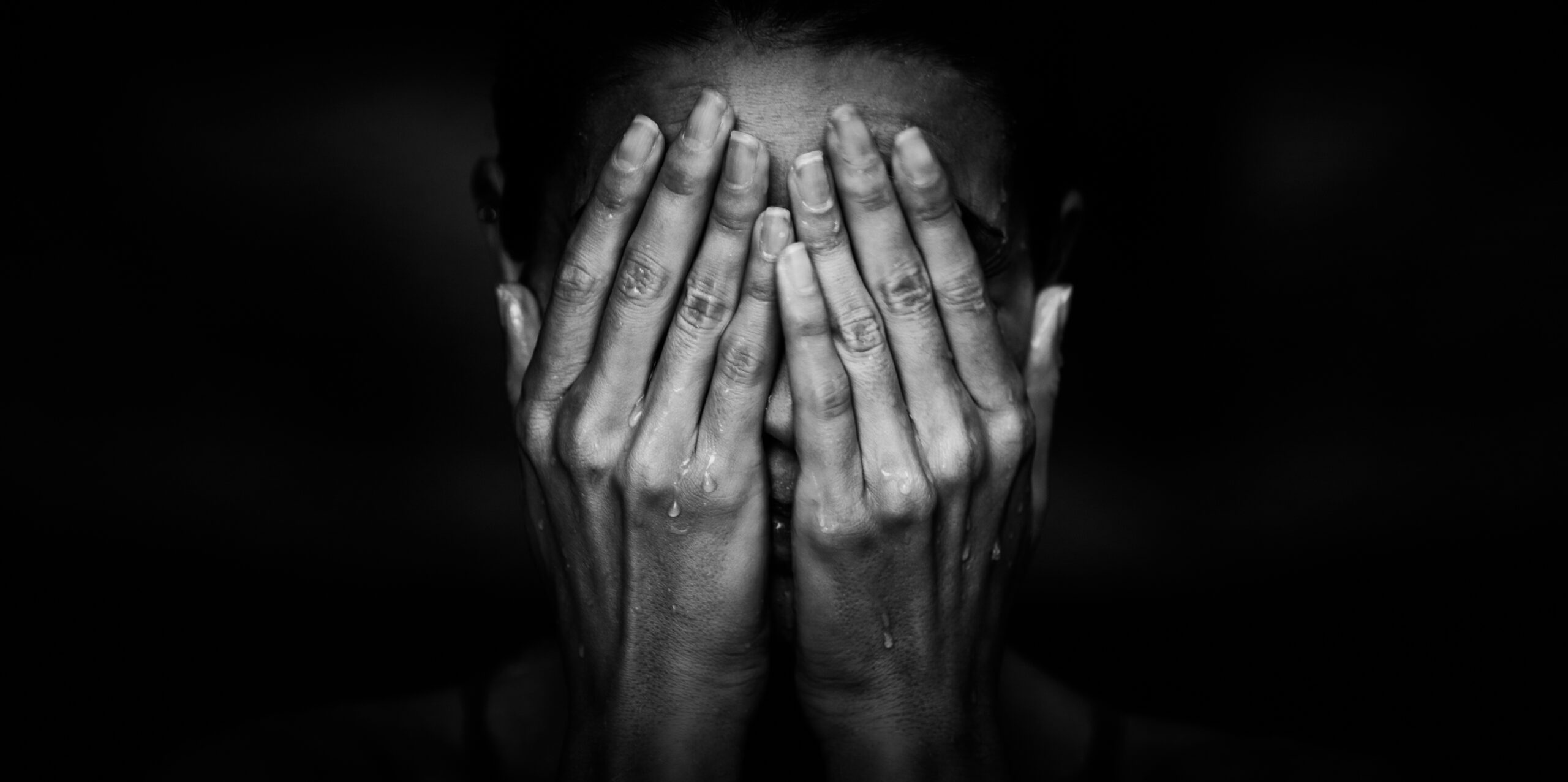Recently the media in Canada and the United States has reported on several shocking and upsetting incidents of elder abuse caught on video in nursing homes and long term care facilities. And in private homes, distant family members are able to keep tabs on elderly loved-ones with smart home monitoring systems. Although these measures may help alert family to abuse, neglect or changes in behavior, many seniors feel an acute loss of privacy.
A recent account of video-recorded verbal abuse by a Personal Care Worker was reported by CBC News. A former nurse installed a camera above her elderly mother’s bed in an Ottawa long-term care facility to keep an eye on staff interaction and care. Her mother, 86, was unable to move or speak as a result of a brain injury. But sadly, this is not an isolated occurrence. In Ontario the reported cases of staff to resident abuse increased 148 per cent between 2011 and 2016 which means that six nursing home residents are abused each day in the province.
Abuse does not only occur at the hands of staff in long-term care homes, resident-on-resident abuse is also a growing concern in facilities where staffing shortages often leave residents vulnerable to violence outburst from their fellow residents. In a recent case in Florida, a younger resident with a traumatic brain injury brutally beat an 86-year-old man, punching him a total of 56 times before staff finally arrived on the scene. The incident was recorded but staff did not arrive to help until nearly 30 seconds after the punching stopped, with aid coming from other elderly residents.
Because many elderly nursing home residents are unable to communicate incidents of abuse or are fearful of retribution by their abusers, families are increasingly turning to video surveillance to help protect their loved-ones. Still, cameras can’t be everywhere, all the time, so it’s important to know and look for signs of abuse or neglect and be an involved and present advocate for loved-ones in long-term care. Nothing can replace personal interaction and a good relationship with the workers who provide daily care.
Signs of Elder Abuse and Neglect
- Unexplained bruises, burns or scars
- Unwashed clothing, poor hygiene
- Bed sores that are not treated or healing well
- Withdrawing from social activities once enjoyed
- Becoming agitated or violent
- Unexplained weight loss
- Depression or confusion
- Signs of trauma – rocking back and forth
Source: National Institute on Aging
Try to talk to the older person privately about your concerns; abuse or neglect can sometimes be from another resident or by staff. Talk with regular staff about concerns and report any urgent danger to local police immediately. Many local, regional or national social service agencies can help with problems stemming from abuse. In the U.S. visit www.eldergare.gov to get help and in Canada, follow this link to the Government of Canada website for a list of resources on elder abuse.






Add Your Voice
0 Comments
Join the Discussion